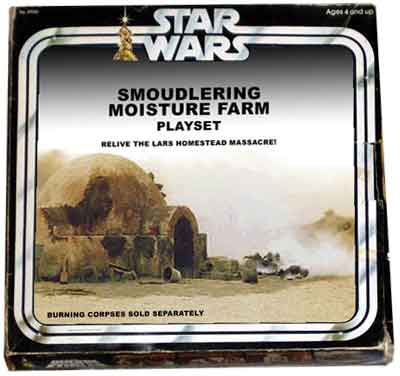At some point in the possibly distant future, I’m going to buy a new guitar. The last guitar I purchased was my 12-string Alvarez in 1999. I rarely play this guitar. I skimped on it, and I shouldn’t have. It doesn’t hold its tune any longer than I can hold my breath. But I digress. Before that, it was my Rickenbacker 330 and my Alverez White Fusion, both in 1996. That was back when I was playing regularly in a band.
These days, I still play regularly, but it’s at church. On any given week, I play during our Wednesday night practice and during our Sunday service, so I still get lots of playing time in. For leading worship, I have almost exclusively used my Alvarez White Fusion. I can’t remember the last time I seriously played my Rickenbacker. But that’s okay, because I’ve grudgingly come to accept that I’m not much of an electric guitarist. I’m a solid rhythm player, but don’t ask me to solo.
So when I’m ready for a new guitar, it’ll be pretty tough to justify an electric. In fact, it’s pretty easy to justify trading in my Rickenbacker, although I’m still not sure I could bring myself to do it. But if I trade in my Rickenbacker for a new acoustic, that leaves me without an electric at all. I have not needed an electric guitar for a gig in nearly ten years, but rest assured, the day after I sell the Rickenbacker, I’ll get a call to play a gig where I’ll need an electric. Just the way my life is sometimes.
All of this leads me to ponder the hybrid guitars that are starting to come out. These guitars are, quite simply, amazing. They promise down and dirty electric tones or sweet and dainty acoustic tones at the flip of a switch. That’s just too good to be true.
As far as I can tell, there are three main entries in this category. The heavy hitter seems to be Taylor, who has never really been known for their electric guitars, but who makes a really nice acoustic guitar. Taylor’s hybrid is called the T5 (short for Thinline 5-way), and I’ve been lusting after it for months now. For starters, it’s an absolutely gorgeous guitar, clean and curvy and just a bit understated. Check out the video of Marc Seal playing it here. But all this flexibility doesn’t come cheap: you won’t find a Taylor T5 for less than $2,000, and that’s for the standard model. Expect to pay up to $3,000 for the custom or for a maple top.
While trying to come up with a way to convince my wife that the Taylor T5 was a necessity, I happened across the Ovation VXT. Like Taylor, Ovation has never been renowned for any work with electric guitars, but their acoustics have a fanatical fanbase. I’m fond of the Ovation sound, but not the round back they traditionally sport. But the VXT is flat. It’s a hybrid. Looks nice and sounds nice. The VXT blog has some videos worth watching. The VXT is more reasonably priced than the T5, weighing in at around $1,600 retail. But I had trouble convincing myself that this was the right guitar for me. The T5 has some natural reverb, but the VXT doesn’t look like it does (confession: I’ve looked at it up close but not played it).
Tonight, while leafing through the new catalog that Guitar Center sent me in order to keep me hooked, I found Parkwood’s new Hybrid Blackwood, which looks really, really sweet. See it in action here. This is much more in line with the feature set and styling of the T5, but get this: it’s retails for $1,000, about half of what the T5 costs. I honestly don’t have any experience with Parkwood guitars, but from what I’ve read, they seem to be well-respected and well-liked. This one is definitely worth checking out.
So which one am I buying?
Well, let’s just say that I’m currently examing the budget and leave it at it.

 Need some new tunes to listen to while you work?
Need some new tunes to listen to while you work?